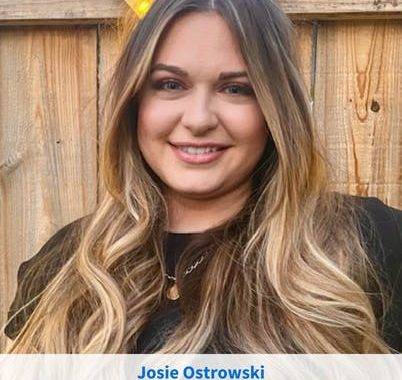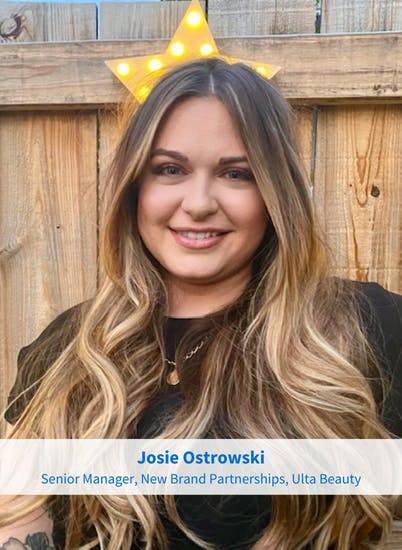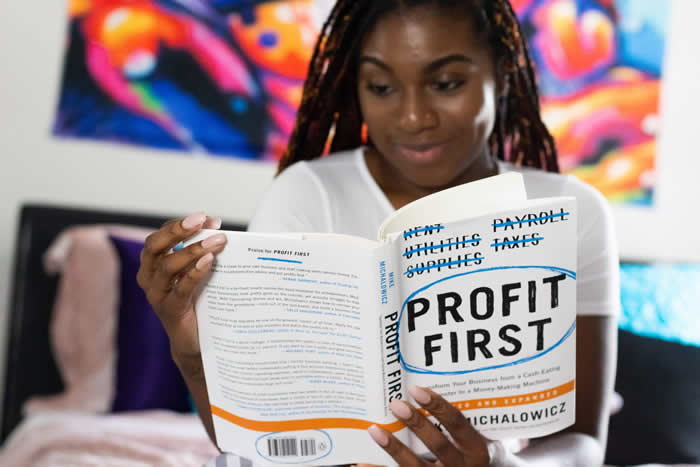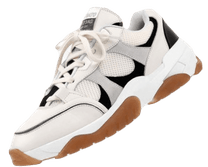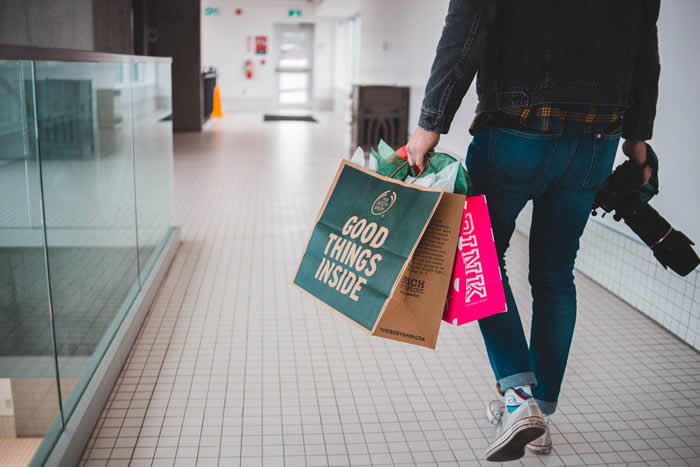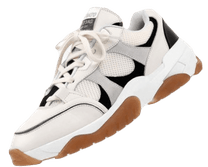Supplier Diversity: A Look Around the Globe
Diversity is in-demand worldwide. This 2022 retail trend is welcome news for diverse suppliers looking for growth abroad. Right now, consumer packaged goods (CPG) companies are trying to manage the risk of tighter profit margins. Many diverse suppliers now seek new sales opportunities, especially as global e-commerce and digital advertising make it easier for them to sell anywhere.
Let’s see what diversity looks like in international markets, including how market gaps give diverse suppliers new ways to satisfy underserved consumers and improve their top line.
What diversity looks like around the world
Globally, we’re seeing a rise in conscious consumerism, where consumers shop according to their values. For instance:
82% of shoppers want a brand’s values to align with their own;1 Silberstein, Nicole. Harris Poll: 82% of Consumers Want a Brand’s Values to Align with Their Own. Retail Touchpoints. April 27, 2022. 32% of global consumers will buy from brands that support social and political issues that align with their values; and2 Evans, Michelle. Three Ways The Future Retail Store Will Change. Forbes. December 1, 2021. 27% will boycott brands that do not.3 Evans, Michelle. Three Ways The Future Retail Store Will Change. Forbes. December 1, 2021. …